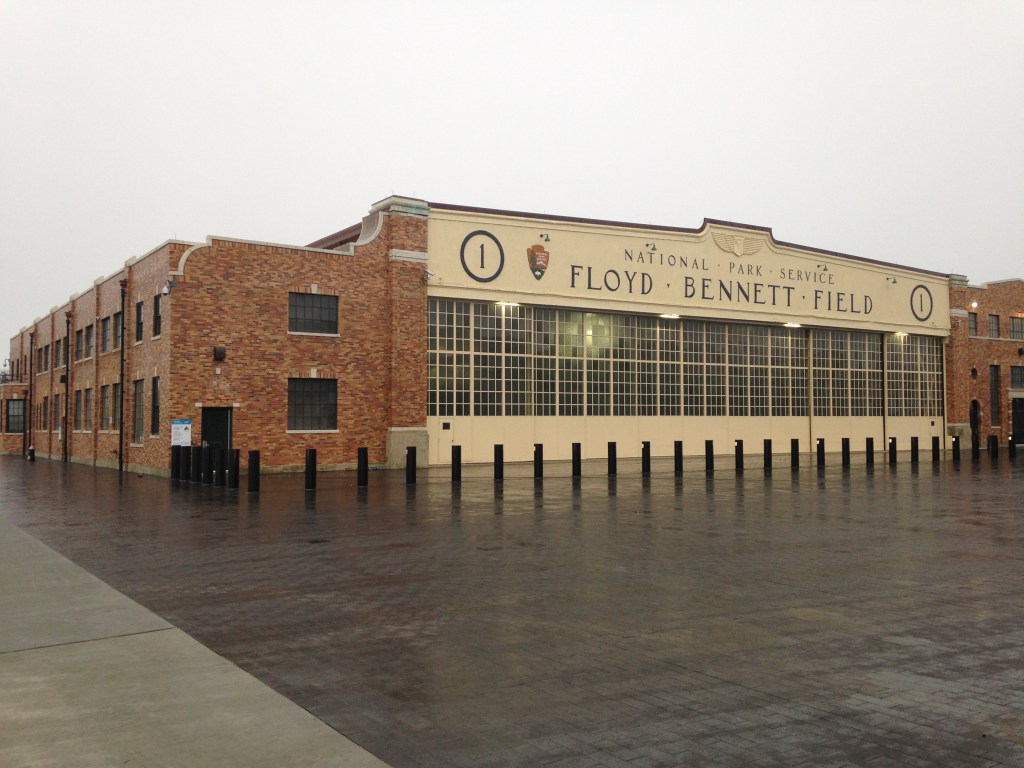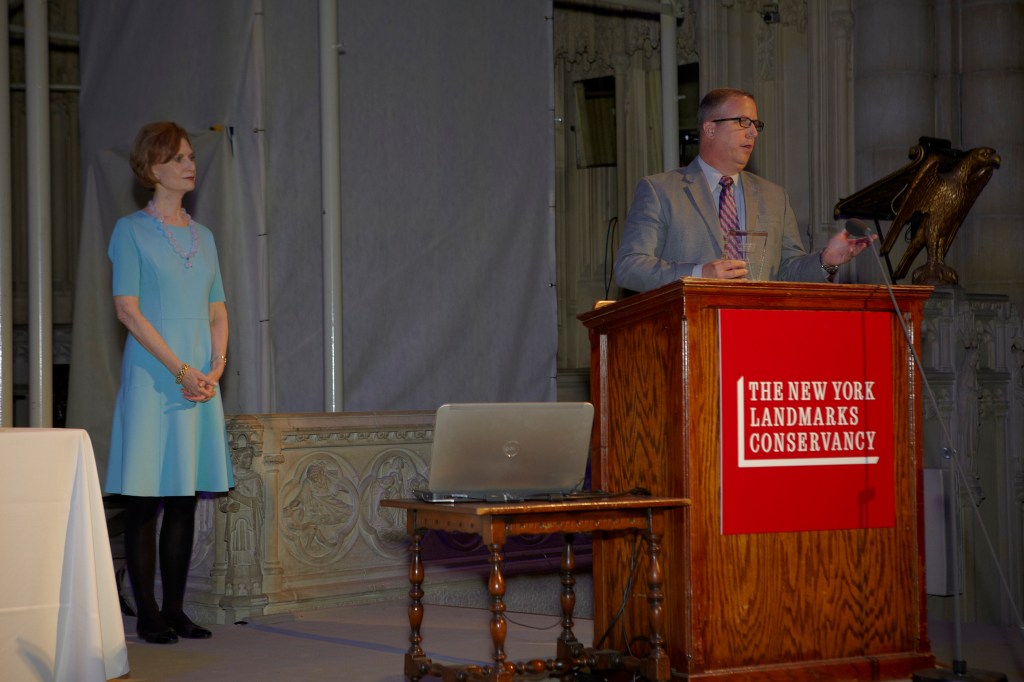Williams was honored recently with New York City’s premier historic preservation award for its restoration of two aircraft hangars at Floyd Bennett Field as part of its Rockaway Delivery Lateral project.
The Lucy G. Moses Preservation Award is widely considered the highest honor for historic preservation in New York, recognizing construction projects that demonstrate excellence in the restoration, preservation, or adaptive use of historic buildings. Other recipients included St. Patrick’s Cathedral and the Staten Island Museum.
Presented annually by the New York Landmarks Conservancy, the award “is not quite the Oscars but in the architectural community it is a very big deal,” said Stephen Kellogg, Williams project manager for the Rockaway Delivery Lateral project.
As part of the Rockaway Delivery Lateral project, Williams coordinated with the U.S. National Park Service to develop a plan to place its meter and regulating station on historic Floyd Bennett Field, inside one of the abandoned airplane hangar buildings. Although historically significant, the hangar buildings were in serious disrepair and in danger of collapse.
Once an important New York City airport, Floyd Bennett Field is part of Gateway National Recreation Area. The old airport was a point of departure for other record-breaking flights of famous aviators including Amelia Earhart and Howard Hughes. The site opened in 1931 as New York’s first municipal airport and was converted to a Naval Air Station in 1941. It was the most active airport in the United States during World War II.
For years the National Park Service had desired to address the deteriorating hangars, but limited funds had prevented the agency from pursuing any long-range refurbishment plans. That was until Williams approached the Park Service with an out-of-the-box idea to site its metering and regulating station inside of one of the old hangars.
“This location offered tremendous benefits to the customer, while at the same time minimizing impacts to people and the environment,” says Steve. “It certainly wasn’t easy or quick, but with a great team we were fortunately able to get it done.”
Because it is listed on the U.S. National Register of Historic Places, the hangar rehabilitation had to meet the strict standards established by the U.S. Secretary of Interior. These standards are upheld by the National Park Service staff, who assumed the role of client for the rehabilitation project.
According to Steve, it took nearly four years to survey and study the building and design the rehabilitation — all the time working with National Park Service staff to ensure that it met the Secretary’s standards. The project also had to be approved by the New York State Historic Preservation Office, which required the development of a 600-page Historic Structure Report designed to identify the character-defining features of the building so that a plan could be developed for its rehabilitation, preservation and reconstruction.
By partnering with Williams, the Park Service was finally able to see the hangars’ exterior rehabilitated to their historically accurate original condition in late 2015.
“This was a win-win-win solution,” says Steve. “It is great to see our team’s hard work recognized with such a prestigious award.


